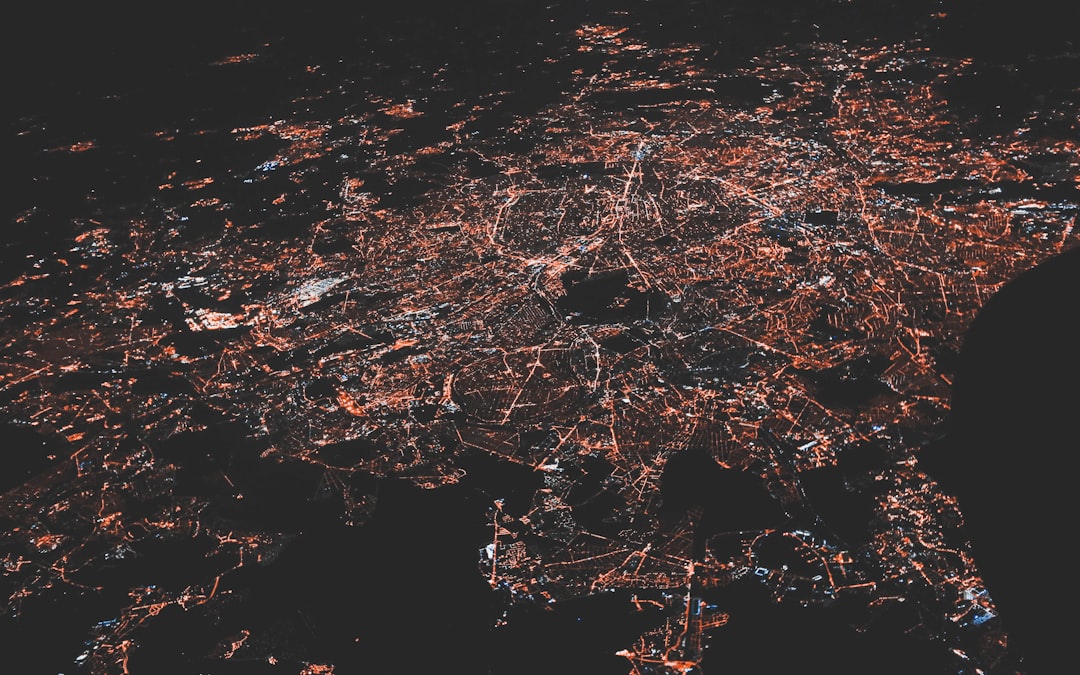In modern fiber optic networks, distribution of optical signals to multiple locations is a critical function. One of the primary tools used for this is the optical splitter. When designing or upgrading a fiber network, understanding the maximum available splitter configuration can greatly impact efficiency, cost, and future scalability.
A splitter, often called an optical power splitter, divides an incoming optical signal into multiple output signals. This function is essential in Passive Optical Networks (PON), such as those used in Fiber to the Home (FTTH) deployments. The maximum configuration you can use depends on several technical factors, including insertion loss, signal strength, network architecture, and quality of equipment.
Types of Optical Splitters
Before diving into maximum configurations, it’s helpful to understand the main types of optical splitters:
- PLC Splitters (Planar Lightwave Circuit splitters): Known for high performance, uniform signal distribution, and the ability to split into many channels.
- FBT Splitters (Fused Biconical Taper splitters): Older technology, typically less expensive but with higher insertion loss and less flexibility for high split ratios.
These are used depending on the network’s complexity and the level of signal splitting needed.
What Does “Maximum Available Configuration” Mean?
The term refers to the largest split ratio you can implement in a practical network while maintaining acceptable signal quality. In theory, any signal can be split indefinitely, but in practice, the limit is determined by:
- Total attenuation (signal loss): Each time the signal is split, power is lost.
- Distance limitations: Longer distances mean higher degradation.
- End-user performance expectations: Internet speed, latency, and reliability must be maintained.
In most PON architectures like GPON (Gigabit Passive Optical Network), the commonly accepted maximum split ratio recommended by standards is 1:64. However, with newer technologies like XG-PON and NG-PON2, the maximum can go as high as 1:128, depending on power budgeting and network design.

Understanding the Split Ratios
Split ratios are typically in power-of-two increments—1:2, 1:4, 1:8, and so on up to 1:128 or even 1:256 in some advanced systems. While a 1:128 splitter sounds impressive, it significantly reduces the signal strength to each endpoint.
Network engineers need to perform a link budget analysis to calculate total losses across connectors, splices, fiber length, and splitters. This helps determine whether a high-level ratio like 1:128 is sustainable without degrading service quality.
Two-Level Splitting for Optimization
In practical scenarios, using a two-level splitter configuration can be more efficient. For example:
- First Splitter: 1:4
- Second Level Splitters: Each of the 4 outputs feeds to a 1:16 splitter
- Total Endpoints: 4 x 16 = 64
This design can make your layout tidier and serviceable with lower physical losses compared to a single 1:64 splitter. Two-level configurations also make it easier to localize faults and manage subscribers.

Factors Affecting the Maximum Splitter Configuration
- Geography: Urban vs. rural installations may have very different design criteria. In dense cities, splitter cabinets may be closer to homes, allowing for higher splits.
- Technology: GPON supports up to 1:64, while NG-PON2 can go to 1:128 with better power budgeting and advanced optics.
- Optical Loss Budget: The total loss must remain within the acceptable range for the service type. For GPON, this budget is typically around 28 dB.
- Customer Demand: Higher data consumption may require stronger signals with lower split ratios.
Conclusion
The maximum available splitter configuration is not a one-size-fits-all figure. Instead, it’s a balance of technology, performance demands, and infrastructure. While you may technically use a 1:128 split with advanced equipment, the choice of split ratio must ensure signal clarity, future scalability, and customer satisfaction.
By carefully planning your splitter configuration, considering two-level designs, and respecting optical budgets, you can build a network that’s both cost-efficient and high-performing.


